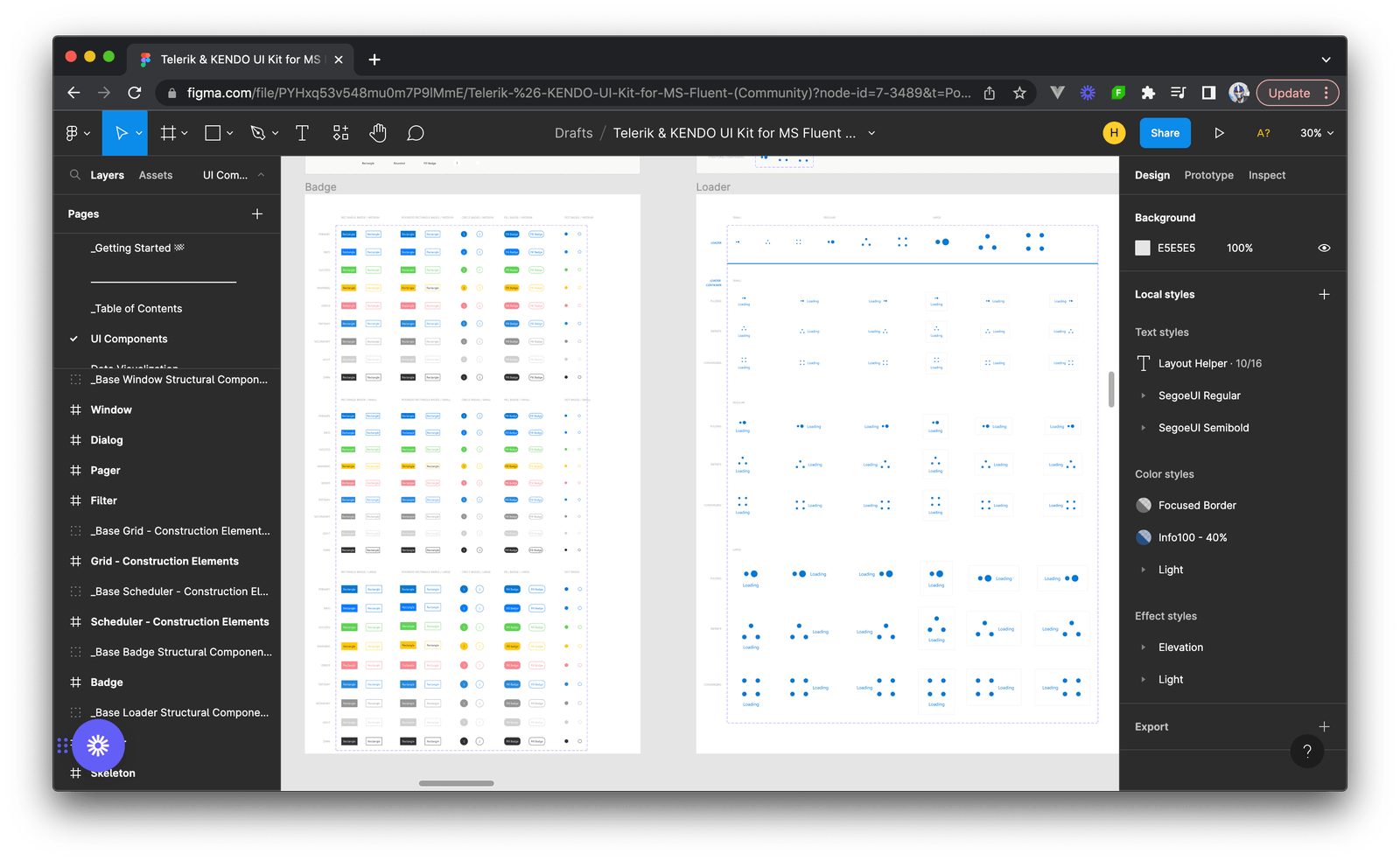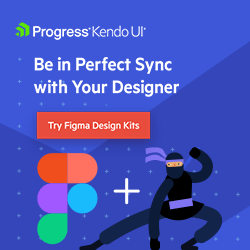Effective Collaboration Between Frontend Engineering and Design

Learn some practical tips and strategies to improve collaboration in design-development workflows from a frontend engineering perspective.
Collaboration between designers and frontend developers is crucial for delivering successful web projects. However, communication gaps and misalignment can sometimes arise due to differences in (technical) language, tools and perspectives.
In this article, we’ll explore some practical tips and strategies from a frontend engineering perspective to improve collaboration in design-development workflows.
Be Involved Early
As a frontend engineer, being involved early in the design process can significantly improve collaboration throughout the design and development workflow. The developers on the team often have valuable technical expertise and can provide input on the feasibility and technical considerations of certain design decisions.
For example, input and additional thoughts can be provided on the performance implications of certain design elements, such as complex animations or heavy image assets. In addition, insights can be offered on topics such as cross-browser compatibility, accessibility and other technical considerations.
By having frontend engineers included in the early stages of the design process, designers can benefit from these important insights and ensure that designs are implementable while being aligned with the technical constraints of the frontend codebase.
Use Design Collaboration Tools
Design collaboration tools can greatly streamline communication and collaboration between designers and frontend engineers. Tools such as Figma and Sketch allow designers to share design assets, generate style guides and provide specifications, making it easier for frontend engineers to understand and implement the designs accurately.

Design collaboration tools allow designers to create design components that can be easily shared with frontend engineers but also provide features like design versioning, design annotations and design comments that facilitate communication and feedback between designers and frontend engineers. Frontend engineers can then use these tools to inspect design assets, generate code snippets and export assets, which can speed up the development process and ensure accuracy during development.
Document Design Guidelines
Documenting design guidelines and best practices can help maintain consistency in design implementation. Frontend engineers can contribute to this by creating and updating design guidelines while ensuring that they align with the technical constraints and requirements of the frontend codebase.
For example, design guidelines can include specifications for design components, such as typography, color schemes, spacing and layout. It can also include guidelines on accessibility, performance and other technical considerations.
Documenting design guidelines can serve as a reference for both designers and frontend engineers, helping them stay aligned and ensuring that the design system is implemented consistently across different parts of the application or website.
Facilitate Testing Sessions
Facilitating testing sessions during the development process (and before launch) can be a valuable approach to further enhance collaboration between frontend engineers and designers. Testing sessions can be done through various methods, such as regular team meetings, video conferences or collaborative tools that allow for real-time feedback and issue tracking.
During testing, designers can provide feedback on any design-related issues that may affect the user experience or overall aesthetics of the product. Frontend engineers can then identify and fix any bugs or inconsistencies in the implementation of the design, ensuring that the final product is visually appealing and functions smoothly.
Testing sessions allow both parties to identify and address any issues or inconsistencies early in the development process, ensuring that the final product meets both design and technical requirements before the project is launched to users.
Communicate Regularly
Regular communication is crucial in maintaining alignment between designers and frontend engineers. Establishing clear channels of communication and encouraging regular check-ins and updates can ensure that any issues or concerns are addressed promptly, avoiding delays or misinterpretations.
For example, teams can schedule regular stand-ups, design reviews and feedback sessions to discuss the progress of the design implementation, address questions or concerns, and provide feedback. These regular communication practices can help identify and resolve any misalignments or issues early in the development process, ensuring that the project stays on track and meets its deadlines!
Be Empathetic
Practicing empathy and understanding toward other roles and perspectives is fundamental to successful collaboration. Designers and frontend engineers have different areas of expertise and perspectives, and it’s important to respect and understand each other’s viewpoints.
Designers may prioritize aesthetics, usability and user experience, while frontend engineers may prioritize technical feasibility, performance and maintainability. It’s important to always aim for a middle ground where both perspectives are considered and integrated into the final product. By finding this middle ground, teams can collaborate more effectively and create products that are both visually appealing and technically sound.
Wrap-up
Successful collaboration between designers and frontend engineers is crucial for the effective implementation of design systems. By following the practical tips and strategies shared in this article, such as being involved early in the design process, using design collaboration tools, documenting design guidelines, communicating regularly and practicing empathy, teams can bridge communication gaps and deliver products that meet both design and technical requirements, resulting in a successful outcome for a project.

Hassan Djirdeh
Hassan is currently a senior frontend engineer at Doordash. Prior to Doordash, Hassan worked at Instacart and Shopify, where he helped build large production applications at-scale. Hassan is also a published author and course instructor and has helped thousands of students learn in-depth fronted engineering tools like React, Vue, TypeScript and GraphQL. Hassan’s non-work interests range widely and, when not in front of a computer screen, you can find him at the gym, going for walks or running through the six.

